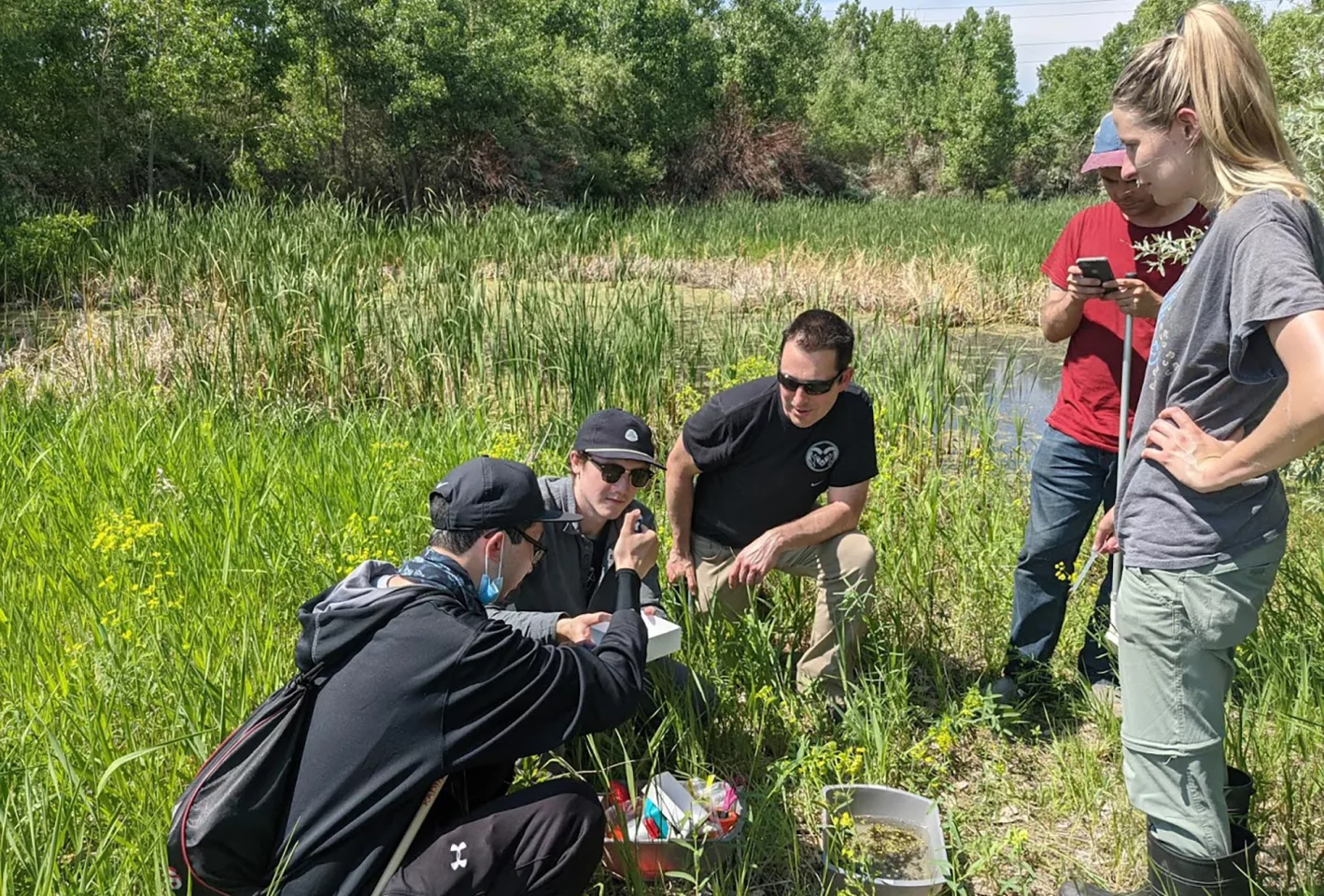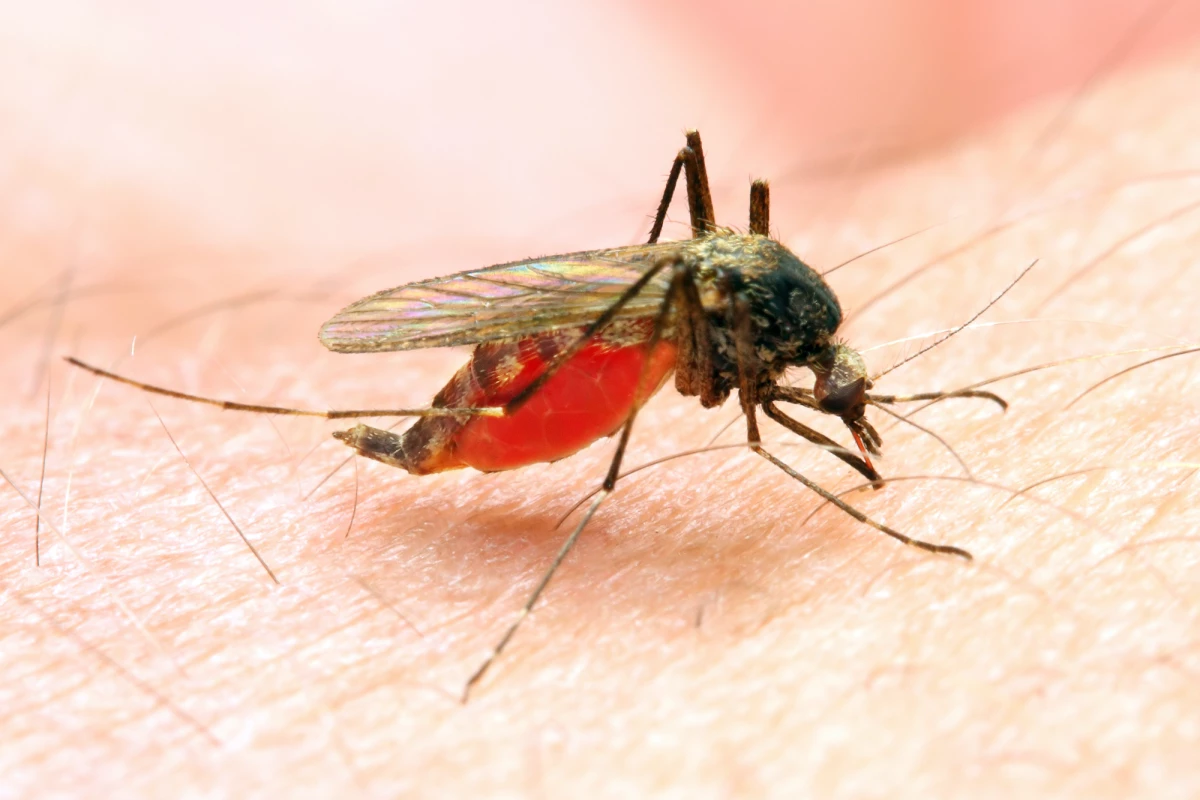In order to better understand how mosquitoes spread diseases such as malaria, it's important to know how far they range within a given region. A new technique could help scientists do so, and it involves feeding the insects DNA.
First of all, aren't there simpler methods of seeing where a captured mosquito initially came from?
Well, unlike the case with birds, it would be extremely tricky to catch mosquitoes, put tiny leg bands on them, then later recapture those same mosquitoes and read the leg bands. One existing alternative entails covering mosquitoes in a fluorescent powder, which they will still bear traces of when recaptured at another location. According to scientists from Colorado State University, however, this method is "error-prone and unreliable."
With such limitations in mind, the university's Assoc. Prof. Rebekah Kading looked to microscopic engineered protein crystals created by her colleague, Assoc. Prof. Chris Snow.
These crystals self-assemble from a protein found in Camplyobacter jejuni bacteria, and they're very porous. Fragments of synthetic DNA can be securely placed in the pores, essentially serving as "barcodes" which can later be read via laboratory techniques like quantitative polymerase chain reaction.
The idea is that the DNA-loaded crystals (hidden within a larger meal) initially get fed to mosquito larvae, at a geographical location where the larvae are already naturally present. Even when those larvae mature into adult mosquitoes, the ingested DNA – which is specific to that location – is still present in their gut. When those adults are captured in traps at another location and analyzed in a lab, their distinctive DNA barcode reveals their point of origin.

The technology has been tested at various sites in the city of Fort Collins, Colorado over the past three summers, with promising results. Further research is now being conducted to better understand why the DNA tags persist for so long in the gut, and to develop methods of allowing them to last even longer. It is hoped that trials could soon be conducted in tropical countries, where mosquito-borne diseases are a major problem.
"I think this would add a whole other dimension of knowledge to the real-time mosquito surveillance and control operations that are already in place," said Kading.
The research is described in a paper that was recently published in the journal PNAS Nexus.
Source: Colorado State University





